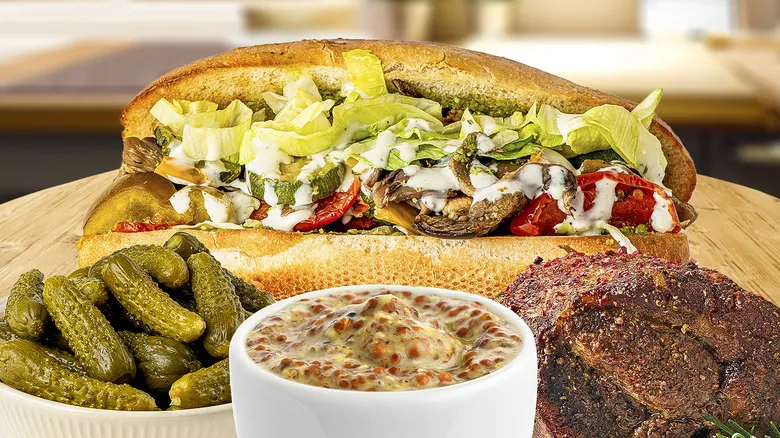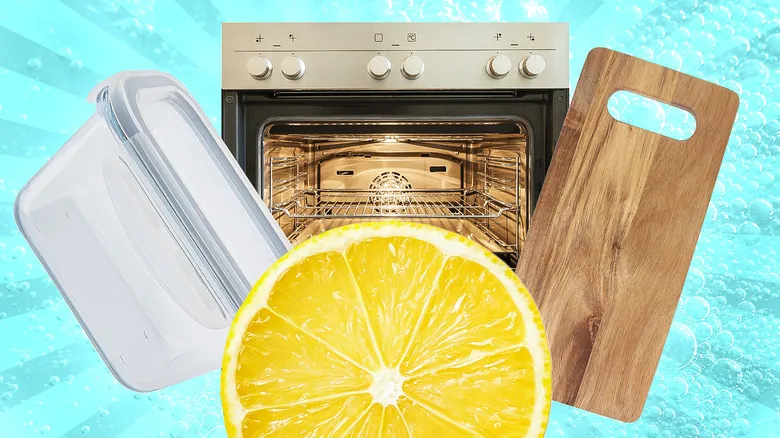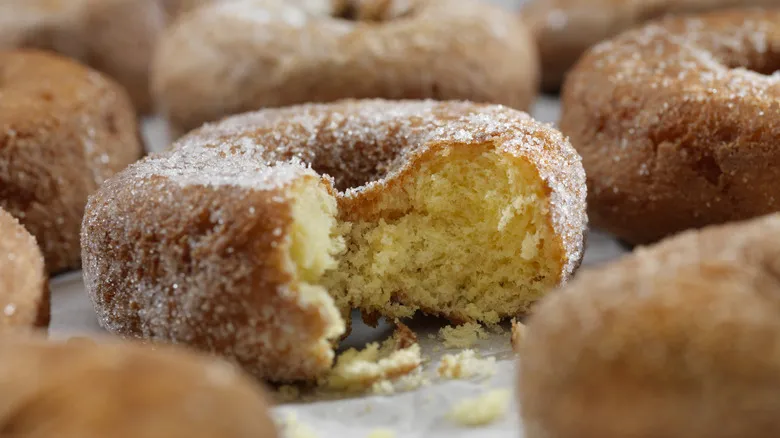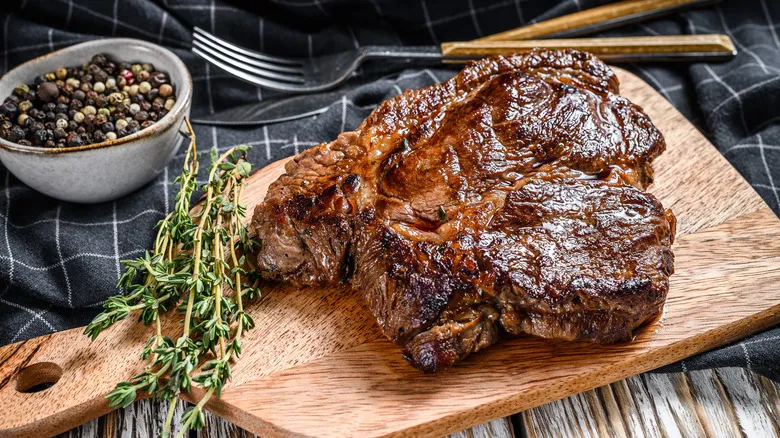Use Cuban bread

The cornerstone of an exceptional Cuban sandwich is the bread, and Chef Carlos Perez firmly believes that Cuban bread is the best choice. "Cuban bread is essentially a basic crusty white bread, similar to a baguette," he explains. What sets it apart? "Cuban bread is baked with a palm leaf, which gives it its distinctive split top," he adds. Additionally, it contains lard, contributing to its signature soft, velvety interior.
If you can't find authentic Cuban bread, there's no need to fret. Chef Perez assures that other similar crusty white breads can suffice in a pinch, provided they have a good crust and a soft white center. The bread should also be "shaped like a baguette or demi-baguette," he notes. This shape helps it hold the fillings without falling apart and preserves its structure. The crust is crucial, needing to be sturdy enough to support the juicy pork and pickles while remaining soft enough for easy biting. With the right bread, your sandwich will avoid being soggy or tough, delivering the perfect texture from beginning to end.
Go with pork shoulder for maximum flavor
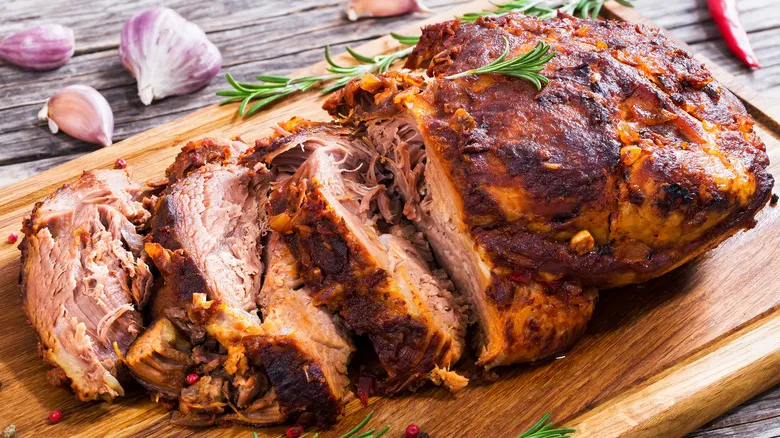
When it comes to the meat for your Cuban sandwich, avoid the mistake of opting for just any pork. Selecting the right cut is essential. Chef Carlos Perez suggests using pork shoulder due to its rich flavor and texture. "The shoulder is undoubtedly the best cut for a Cuban sandwich. It's a working muscle, which means it’s packed with flavor, but it also requires long cooking to break it down and achieve tenderness," he explains. This slow-cooking method yields melt-in-your-mouth results, making it perfect for a hearty Cuban sandwich.
For those pressed for time, pork loin can serve as a quicker option. Unlike pork shoulder, it cooks faster, but there are specific steps to ensure optimal results. "I've used pork loin, but I cook it for a much shorter duration, let it cool, and then slice it thinly, almost like sandwich meat, for Cubanos," Chef Perez shares. This technique provides a lighter texture while still pairing well with the traditional Cuban sandwich ingredients.
In the end, "both options turn out fantastic," notes Perez, but "the shoulder is more traditional and has a slightly superior flavor." If you're striving for an exceptional Cuban sandwich, slow-cooked pork shoulder is the way to go.
Marinate the pork in a zesty mojo
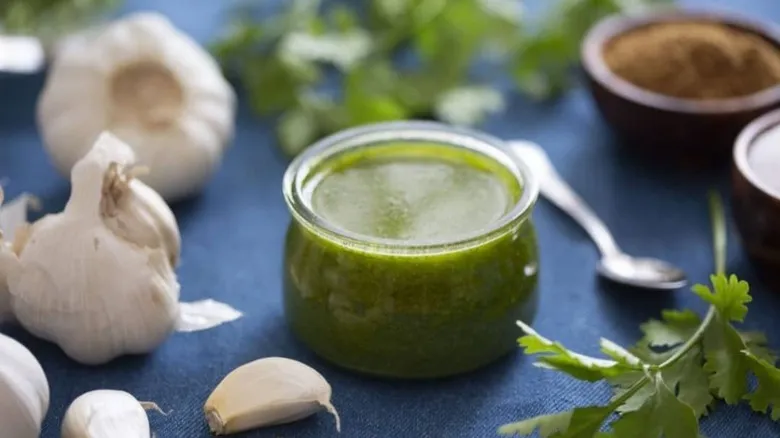
The secret to achieving a truly delicious roast pork for a Cuban sandwich lies in the marinade, and the classic Cuban mojo provides that distinctive zesty kick. "I always prepare mojo when making Cuban dishes. It's basically a highly garlicky citrus marinade," Chef Carlos Perez shares. While each family has its unique variation, Chef Perez's recipe "features garlic, orange juice and zest, lime juice and zest, cilantro, mint, cumin, and a few other ingredients." This lively combination of flavors not only imparts a delightful tang to the pork but also introduces herbal notes that enhance every bite.
"A slow cook of 5-6 hours on the shoulder with that marinade results in fantastic flavor," Perez notes. By allowing the meat to cook at a leisurely pace, the flavors blend harmoniously, yielding tender, juicy meat that nearly dissolves in your mouth. To prepare the sauce, you can stick to the traditional mojo ingredients, which include plenty of garlic, sour orange juice, oregano, cumin, and fresh herbs like cilantro and mint. Alternatively, feel free to put your own spin on it by substituting lemon juice for the sour orange or adding a touch of jalapeño for some spice. Regardless, marinating the pork in this flavorful base will elevate your Cuban sandwich to an entirely new level.
Layer the ingredients correctly for a balanced flavor

Crafting a Cuban sandwich may appear simple, but there's a true skill in arranging the ingredients to ensure each bite is harmoniously balanced. If the Cubano isn't layered properly, you risk an uneven flavor profile, where one component may dominate the others. Every ingredient has its significance, from the tangy mustard to the rich, melted cheese. Chef Carlos Perez employs a reliable layering technique that guarantees the ideal bite every time: "I usually spread a light layer of mustard on both sides of the bread, then add ham on the bottom, followed by roast pork, pickles, cheese, the top slice of bread, butter it, and press until it reaches a golden brown."
The mustard and butter on the exterior of the bread contribute to a perfectly crisp texture without burning, while the combination of ham and roast pork forms a solid foundation that supports the pickles and cheese. Arrange the ingredients in a staggered manner to ensure the sandwich remains intact when pressed, enhancing the enjoyment of each bite. Perfecting this layering method will create a delightful fusion of flavors while keeping the sandwich cohesive.
Always use Swiss cheese
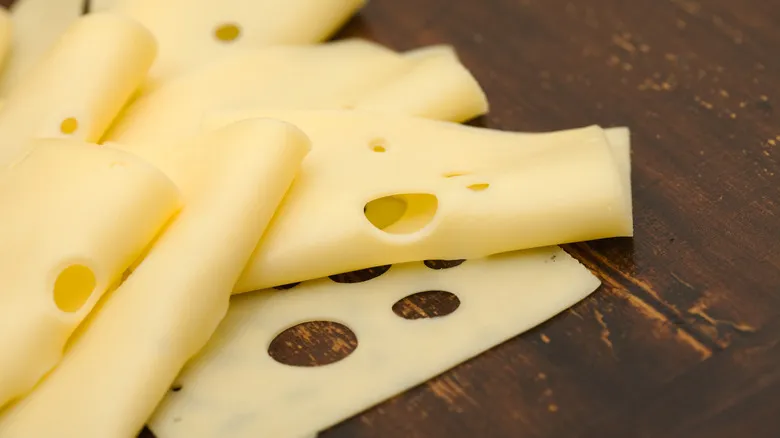
While numerous sandwich recipes permit cheese alternatives, the Cuban sandwich remains steadfast in its preference for Swiss cheese. "Honestly, I've always used Swiss cheese. It melts perfectly and has the right flavor," shares Chef Carlos Perez. What’s particularly intriguing is Perez's candid admission regarding his cheese preference: "To be frank, Swiss cheese is my least favorite. The only time I enjoy it or think it tastes good is on a Cubano."
This highlights the remarkable synergy between the ingredients in a classic Cuban sandwich. Even though Perez isn't fond of Swiss, he has never contemplated omitting it. The mild, nutty flavor and excellent melting qualities of Swiss cheese likely create an ideal balance with the savory pork and ham, while enhancing the zesty mustard and pickles. When heated, Swiss cheese becomes delightfully gooey without turning greasy or overpowering the other flavors. The holes in Swiss cheese, referred to as "eyes," also aid in trapping and evenly distributing heat, ensuring a consistent melt throughout your sandwich. You might feel inclined to try different cheeses on your Cubano, but it's wise to stick with tradition — there's a reason Swiss cheese has endured through the years.
Never skip the pickles
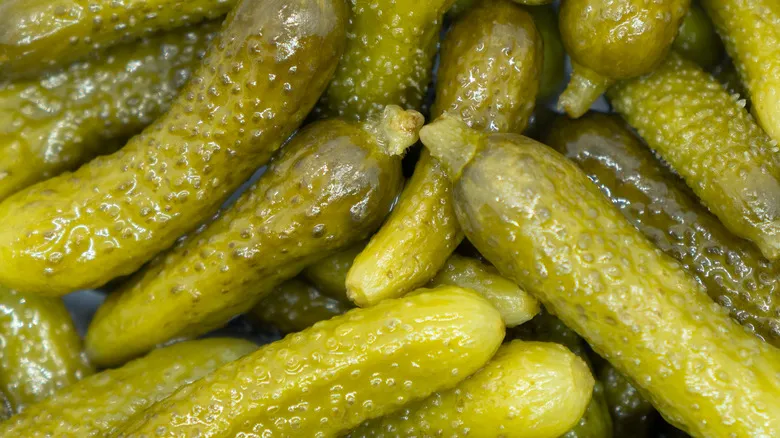
Imagine sinking your teeth into a Cuban sandwich only to discover it lacks that signature crunch and zest. Now that's a Cubano that has lost its essence. "Pickles provide acidity, tang, and a bit of crunch. They're essential to a Cubano," says Chef Carlos Perez. "I typically opt for sour dill — they offer the perfect balance of tang and flavor," he emphasizes, illustrating how this seemingly simple ingredient is vital in balancing the rich, savory components of the sandwich.
The pickle's emergence as a Cubano staple mirrors the sandwich's own cultural evolution. Originally created in Cuba as the mixto (which means "mixed," referring to its blend of meats), the sandwich evolved as Cuban immigrants arrived in the United States. After first landing in Key West, it spread to Tampa's Ybor City and later to Miami, with each location adding its unique twist to the recipe. While Tampa experimented with additions like salami and turkey, and Miami popularized the now-famous pressed style, one element remained unchanged: those essential pickles. When choosing pickles for your sandwich, seek out ones that are firm and crisp, as nothing spoils the experience quite like a soggy pickle. While dill pickles are the traditional choice, feel free to explore different varieties to discover your ideal pairing.
Make sure the pickles run the length of the sandwich
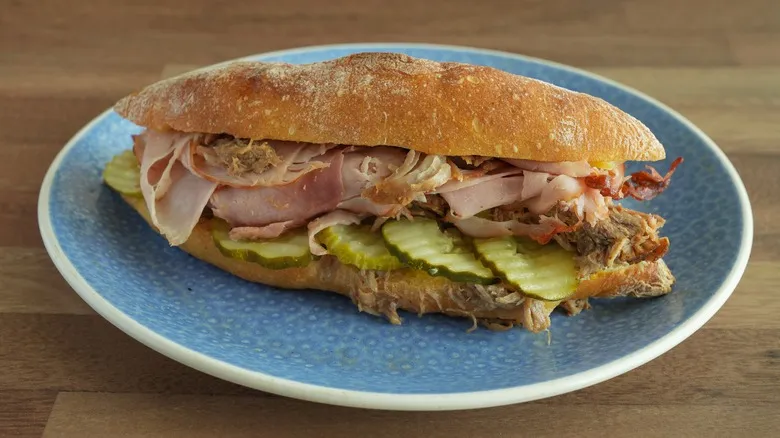
The placement of pickles on a Cubano is far from a minor detail; it can be the key factor that distinguishes a perfect sandwich from a disappointing one. "I always ensure they run the entire loaf of bread so that every bite includes them," explains Chef Carlos Perez. This careful method guarantees that each mouthful offers the right balance of flavors and textures, avoiding those unfortunate bites that lack the essential tang and crunch of pickles.
Beyond mere placement, there’s a skill to arranging them. For pickle spears, position them end-to-end like train tracks. If you’re using chips, consider a slight overlap to ensure the entire sandwich area is adequately covered. Some even suggest that ridged pickles are better at staying in place, so keep that in mind.
Here’s a professional tip: dry your pickles with a paper towel before adding them. This simple step helps prevent excess moisture from soaking into the bread and making it soggy. The thickness of your pickles is also important. Aim for slices about an eighth of an inch thick, as they provide enough substance to withstand the pressing process without being too overwhelming. If your pickles are particularly large, don’t hesitate to slice them lengthwise for optimal distribution.
Some kind of mustard is essential
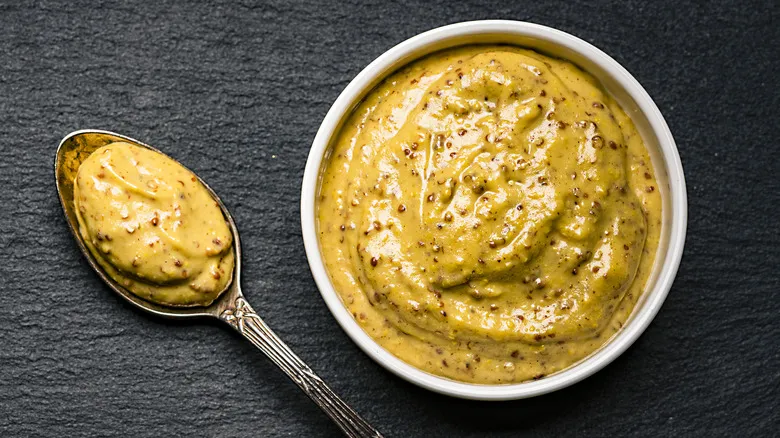
Mustard is arguably the most adaptable component of a Cuban sandwich, allowing for personal flair in your choice of variety. However, some form of mustard is essential. "I don't believe the specific type of mustard is critical, as long as mustard is included," states Chef Perez. This versatility paves the way for creative exploration while preserving the sandwich's authentic essence. "I've tried all sorts: classic yellow, Dijon, horseradish, jalapeño, spicy brown, and Cuban — they all complement the sandwich," Perez assures. "At our restaurant, we craft our own blend using a robust yellow and Dijon mustard base, mixed with garlic, cilantro, and a hint of lime juice."
Whether you're a mustard enthusiast or a casual admirer, the key is to select a variety that appeals to your taste. Yellow mustard provides a traditional tang, Dijon adds a layer of sophistication, and specialty mustards can introduce surprising flavors to your creation. Feel free to experiment with different options, such as honey mustard for a hint of sweetness, whole grain mustard for extra texture, or Dijon for a more elegant taste. Regardless of your choice, it should act as a flavor enhancer, contributing that vital zesty note that elevates a Cuban sandwich to new heights.
Experiment with seasonal ingredients for a twist
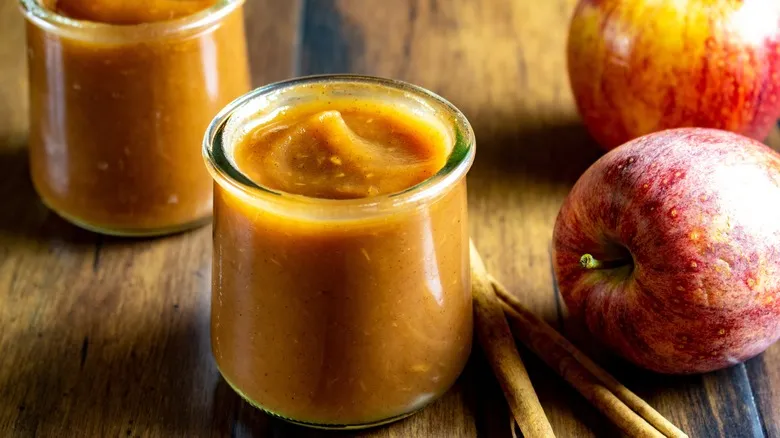
While traditionalists of the Cuban sandwich may frown upon alterations, innovative experimentation can lead to remarkable culinary breakthroughs. "There are countless ways to make them your own," Chef Perez notes. His autumn variation exemplifies this concept beautifully, featuring apple butter alongside the classic components for a seasonal twist. "In the fall, I use roast pork, ham, mustard, pickles, and apple butter," Perez explains, illustrating how a single thoughtfully selected ingredient can elevate the classic sandwich into something distinctive while still honoring its roots.
Successful innovation hinges on honoring the sandwich's core elements while introducing complementary flavors. Perez embodies this approach in his kitchen, stating, "As long as all the essential ingredients are present, they typically blend together seamlessly." You might consider adding thinly sliced prosciutto for added richness or experimenting with other seasonal spreads that enhance the sandwich's savory character. For instance, a honey-garlic spread could be delightful in the spring, or a subtle mango chutney might bring a refreshing brightness in the summer. No matter how you decide to mix things up, the key is to strike a balance between creativity and the delicious tradition of the original sandwich ingredients.
Bake the sandwich open-faced
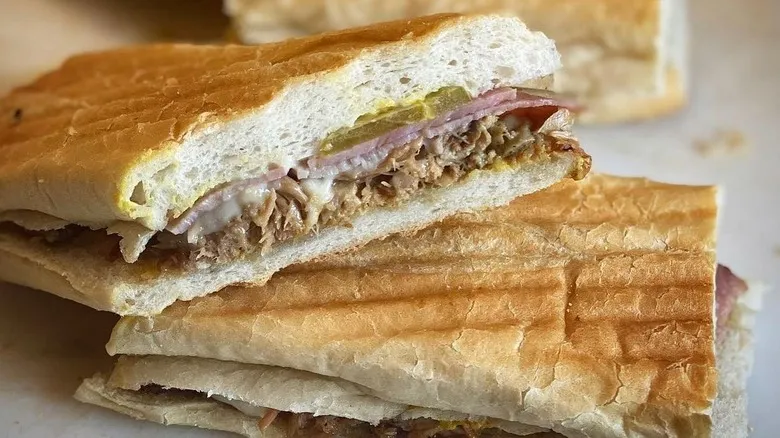
The iconic pressed appearance of a Cuban sandwich has its origins in Miami, where the use of the iron press, or plancha, transformed its preparation. While a plancha or panini press is the ideal tool for achieving that perfectly flattened, crispy crust, many home kitchens lack this specialized equipment. "If you don't have a panini press or a flat top, like most home cooks, the best method is to bake the sandwich (layering the ingredients on both sides), then remove it, close it, and press it down with a spatula," suggests Chef Carlos Perez. "That's what I do at home," he adds, demonstrating that even professional chefs utilize this straightforward technique.
The charm of this alternative method lies in its ease and accessibility. The gentle heat from the oven allows the flavors to blend beautifully, while the open-faced style ensures even heating and optimal cheese melting. This gradual warming prevents the bread from becoming overly crusty while still achieving the desired contrast between a crispy exterior and a soft interior. There's no need to worry about losing authenticity — a final press with a spatula will still create that signature compressed look that makes a Cubano instantly recognizable.
Reheat in a toaster oven

Day-old Cuban sandwiches deserve more than a quick zap in the microwave. "A brief toast in a toaster oven or conventional oven will revive it beautifully. Steer clear of the microwave — it’s the nemesis of crispy bread," cautions Chef Carlos Perez. Those few extra minutes spent on proper reheating can mean the difference between restoring your Cubano's former glory and turning it into a soggy imitation of itself (which is far less enjoyable).
Preheat your toaster oven to around 325°F, wrap your sandwich loosely in foil to keep the outside from drying out, and let the heat work its wonders for a few minutes. This technique preserves the essential crispiness of the bread while allowing the cheese to melt perfectly. The results are undeniable: the pork remains juicy, the pickles keep their crunch, and the carefully balanced textures stay intact. After all, if you’ve invested the time to create the perfect Cuban sandwich, it deserves a reheating that honors all your effort.
Go easy on the condiments if you're packing it for later

Preparing a Cuban sandwich for later enjoyment requires careful planning to preserve its quality. "Ensure you do it right from the start: use just the right amount of condiments, make the bread extra crispy, let it cool down, and then wrap it in paper," recommends Chef Carlos Perez. His method tackles the common mistakes that can turn a well-made Cubano into a letdown during lunch.
The key to a properly packed sandwich lies in managing moisture and temperature. Using less mustard helps keep the bread from getting soggy, while achieving that extra crispiness forms a barrier against moisture from within. It's also vital to let the sandwich cool completely before wrapping it, as trapped heat can lead to condensation, ruining that carefully crafted crust. Additionally, opt for paper instead of plastic wrap or foil, as it allows excess moisture to escape rather than accumulating around your sandwich. This meticulous approach ensures that your afternoon Cubano tastes almost as fresh as when it first came off the press.
Recommended
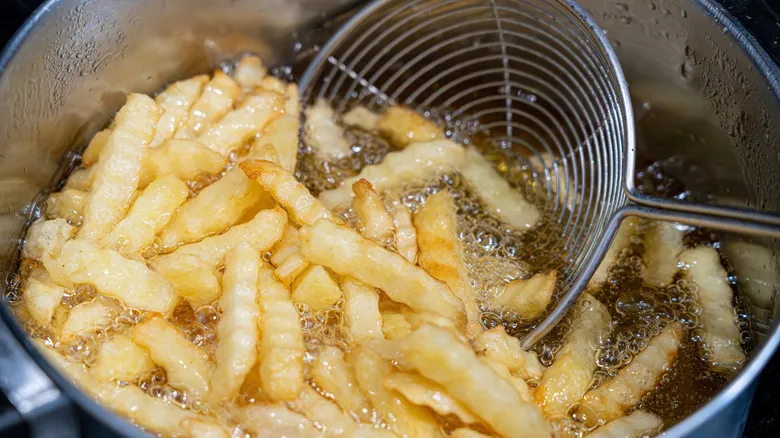
The Science Behind Why Beef Tallow Leads To The Perfect French Fries
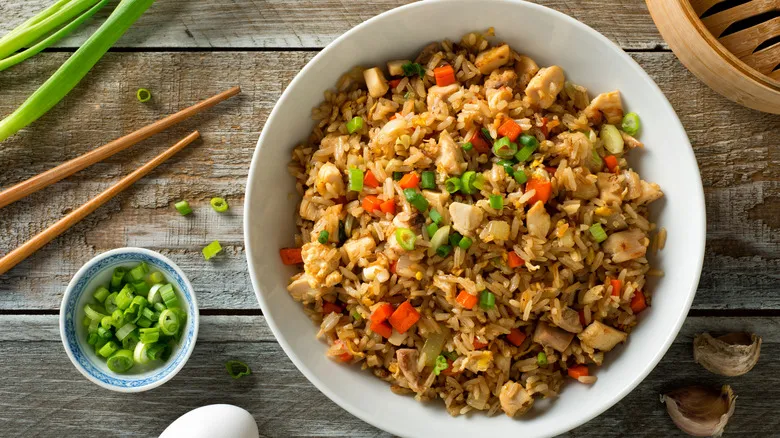
How To Get The Fluffiest Scrambled Eggs In Your Fried Rice
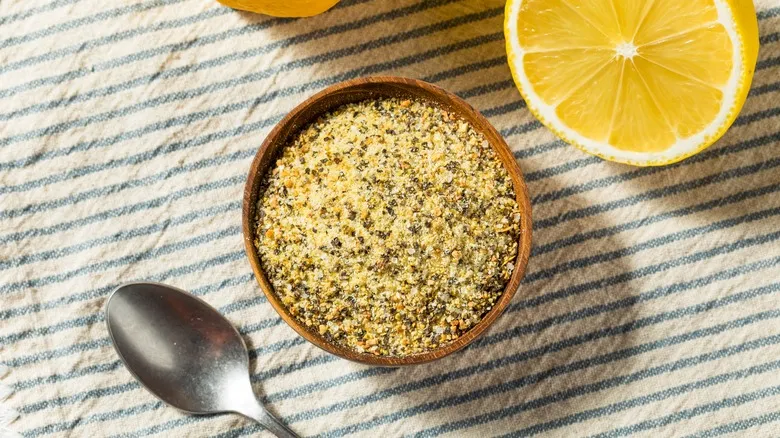
For Homemade Lemon Pepper Seasoning, Fresh Zest Is A Must
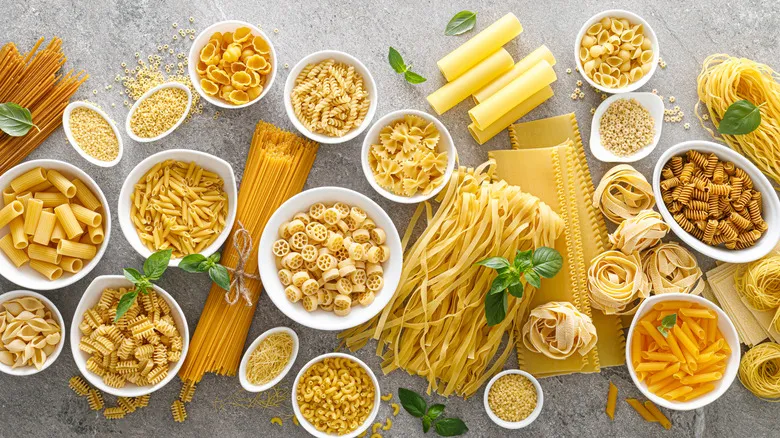
Tagliolini Vs Tagliatelle: What's The Difference Between These Pastas?
Next up

